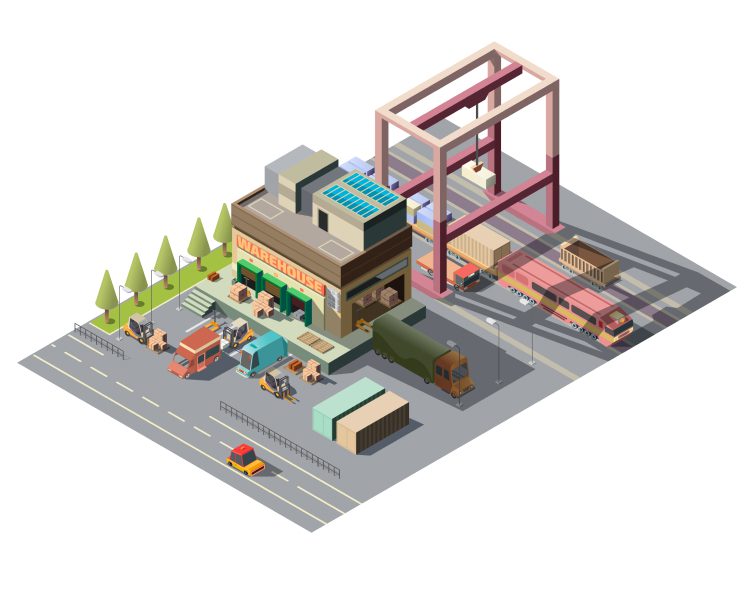
Industry overview
The world faces significant challenges across social, economic, and environmental realms. To foster a sustainable future, it's crucial for both individuals and companies to contribute. Industrial manufacturers play a pivotal role. They're responsible for creating the advanced, interconnected equipment that supports sustainable energy production, waste management for a circular economy, and the development of infrastructure essential for habitable cities. Yet, they must also navigate the evolving landscape of industrial manufacturing, driven by several key factors:
Customer-driven change: Today's consumers demand smart, tailored solutions at competitive prices, often preferring pay-as-you-go or usage-based pricing models. Capturing and acting on customer insights to enable mass customization is vital.
Digital Transformation: Adapting to the digital era is critical to meet rising customer demands, which involves overcoming challenges related to organizational structure, technical infrastructure, and securing skilled personnel to ensure cybersecurity.
Market Dynamics: The emergence of new competitors and business models requires industrial manufacturers to reassess their strengths and learn to deliver value within increasingly complex industry networks.
Going global: Manufacturers must adeptly redistribute resources, production, and finances globally to leverage regulatory and locational advantages and respond swiftly to disruptions.
This simplified yet comprehensive approach highlights the imperative for industrial manufacturers to adapt and innovate, ensuring their contributions towards a sustainable and technologically advanced future.
Of customer interactions will be automated by 2025
Reduction in customer attrition through reducing friction for customer experiences
Revenue lift due to smart personalization
How we can help
Thorough discovery and analysis phase to understand your specific business needs and challenges. Utilize technology as the base for application integration, extension, and access to a robust ecosystem, including AI solutions.
Leverage industry-leading business applications across both front-end and back-end systems.
Combine all elements to support customer-specific, end-to-end industry processes essential for digital transformation and operating as an intelligent and sustainable enterprise.






